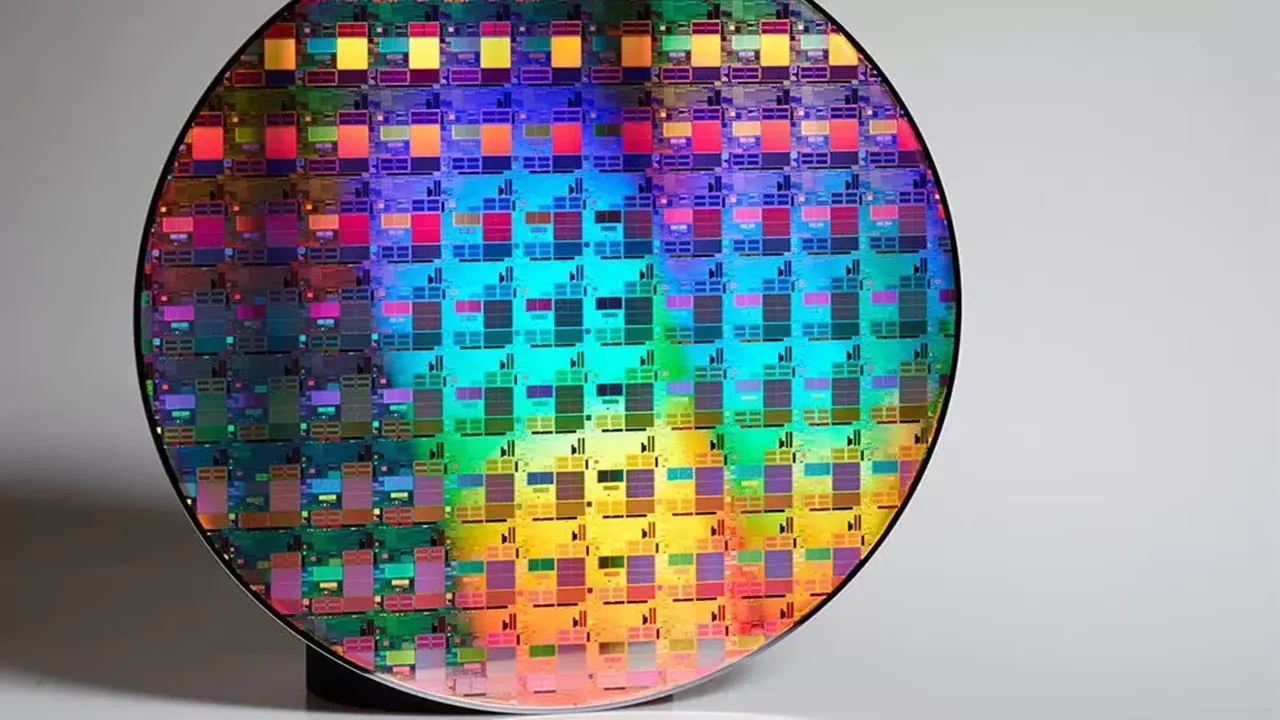Introduction:
In the fast-paced realm of Very Large Scale Integration (VLSI), understanding the Physical Design Interview Questions that govern semiconductor design is paramount.
Over the course of the first five quizzes in our exploration, we’ve delved into the foundational aspects of Physical Design, Floorplanning and Placement, Clock Tree Synthesis and Routing, Power Distribution and Analysis, and Timing Analysis and Closure.
In this blog post, we’ll take a comprehensive look back at the key insights gained from these quizzes, highlighting the critical topics covered and the relevance of each in the broader landscape of semiconductor engineering.
Follow us on LinkedIn for everything around Semiconductors & AI
Physical Design Interview Questions
Quiz 1: Basics of Physical Design:
The journey began with a focus on the fundamentals of Physical Design in VLSI. We explored the significance of floorplanning, the role of clock tree synthesis, the essentials of power planning, and the importance of timing closure. These concepts lay the groundwork for efficient and optimized chip designs. Notable Takeaways:
- The translation of logical designs into geometric layouts.
- The impact of clock trees on floorplanning and placement.
- The role of timing closure in meeting performance specifications.
Try Quiz 1 here:
[ays_quiz id=’3′]
Read more: What are the 5 Steps involved in Physical Design of VLSI Chips
Quiz 2: Floorplanning and Placement:
Our exploration into Floorplanning and Placement uncovered the art and science of optimizing the physical layout of components within an integrated circuit. We delved into the challenges of standard cell placement, the importance of legalization, and the impact of the power grid on floorplanning.
Notable Takeaways:
- The role of standard cells and rows in floorplans.
- The significance of clock tree and power grid in placement.
- Techniques such as maze routing to navigate through chip areas.
Try Quiz 2 here:
[ays_quiz id=’4′]
Read More: 3 Courses to master Physical design for your next job
Quiz 3: Clock Tree Synthesis and Routing:
Moving on to Clock Tree Synthesis and Routing, we investigated the critical role of clock management and strategies for efficient signal propagation. Topics included clock skew management, the concept of clock jitter, challenges in global routing, and the impact of congestion on the routing phase.
Notable Takeaways:
- The optimization of clock tree topology.
- The purpose and challenges of global routing.
- Techniques like maze routing to tackle routing complexities.
Try Quiz 3 here:
[ays_quiz id=’5′]
Read more: A day in the life of Physical Design engineer
Quiz 4: Power Distribution and Analysis:
Power Distribution and Analysis took us deep into the significance of power grids, understanding concepts like IR drop and electromigration, and exploring techniques such as power gating and power mesh for efficient power distribution.
Notable Takeaways:
- The role of power grids in uniform power distribution.
- Mitigating issues like IR drop and electromigration.
- Strategies like power gating to reduce power consumption.
Try Quiz 4 here:
[ays_quiz id=’6′]
Read More: First NPTEL Course that Covers the Entire IC Design Process from RTL to GDS
Quiz 5: Timing Analysis and Closure:
The exploration of Timing Analysis and Closure brought us face-to-face with setup time, hold time, and the critical concept of slack. We delved into the impact of clock skew on timing, techniques for improving timing closure, and the significance of signal integrity.
Notable Takeaways:
- Understanding setup time, hold time, and slack.
- The impact of clock skew on timing and closure.
- Techniques like clock gating and wire-sizing for timing closure.
Try Quiz 5 here:
[ays_quiz id=’7′]
Read More: 3 Ways Machine Learning is Revolutionizing VLSI Design
Conclusion:
Physical Design Interview Questions serves as a stepping stone in our exploration of the vast and dynamic world of VLSI. This sets the stage for deeper dives into advanced topics in subsequent quizzes.
Stay tuned for further insights as we continue our journey into the heart of modern electronics.








